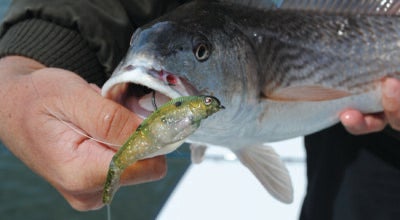Samantha Foster Column: The Extension Corner — Be mindful of spray drift
Published 8:09 am Thursday, September 6, 2018
Late summer is a time when many of us realize just how bad the weeds in our pasture are because they are becoming large and mature.
It’s tempting to grab the sprayer and your pesticide of choice and get to work.
 However, before spraying, it’s important to consider the risk of spray drift, especially if you are located near sensitive crops such as soybeans, cotton, horticultural crops and even ornamental plants and trees.
However, before spraying, it’s important to consider the risk of spray drift, especially if you are located near sensitive crops such as soybeans, cotton, horticultural crops and even ornamental plants and trees.
Spray drift refers to a pesticide moving away from the target area where it is applied to another site.
Two pesticides that are of particular interest when it comes to drift are 2, 4-D formulations and those containing triclopyr/clopyralid.
Drift damage may not only cause hard feelings, but could result in a fine.
Additionally, if the pesticide that you’re using drifts off- target, there is a good chance that your application isn’t going to meet your expectations, either.
Some conditions that make drift more likely include temperature inversions and high temperatures.
Temperature inversions happen when there is a “ceiling” created by warm air, trapping cooler air underneath.
Although they can occur at any time, they usually develop at dusk, breaking up the next morning when the ground warms up. Be sure to check the weather for inversions before spraying.
Additionally, very warm temperatures (typically above 85 degrees Fahrenheit) can result in liquids volatilizing, or turning into a gas, and moving away through the air. High wind can also carry spray off-site.
A pesticide’s label will have information on it’s ability to drift, so be sure to consult it for information as some may have specific limiting temperatures and guidance on wind speeds.
In addition to spraying under favorable weather conditions, the chance of drift is reduced by using a larger droplet size with the use of an appropriate nozzle.
Larger droplets land more quickly and have less opportunity to travel. Keeping a boom positioned as low as is practical when using one will help decrease the risk of drift.
It is often recommended to leave a buffer zone where pesticide isn’t applied between the treated area and a non-target site.
A commonly advised buffer width is 90 feet, but this may vary and depend on environmental conditions, so it is best to consult the label.
While drift can cause major issues in sensitive plants, it is something that can be managed using simple strategies and a little mindfulness.
If you have questions concerning drift, the pesticide section of the ncagr.gov website has a wealth of resources and your agricultural agents at the local extension office will be glad to assist you.
Samantha Foster is an extension agent with the Stanly County office of N.C. Cooperative Extension.




